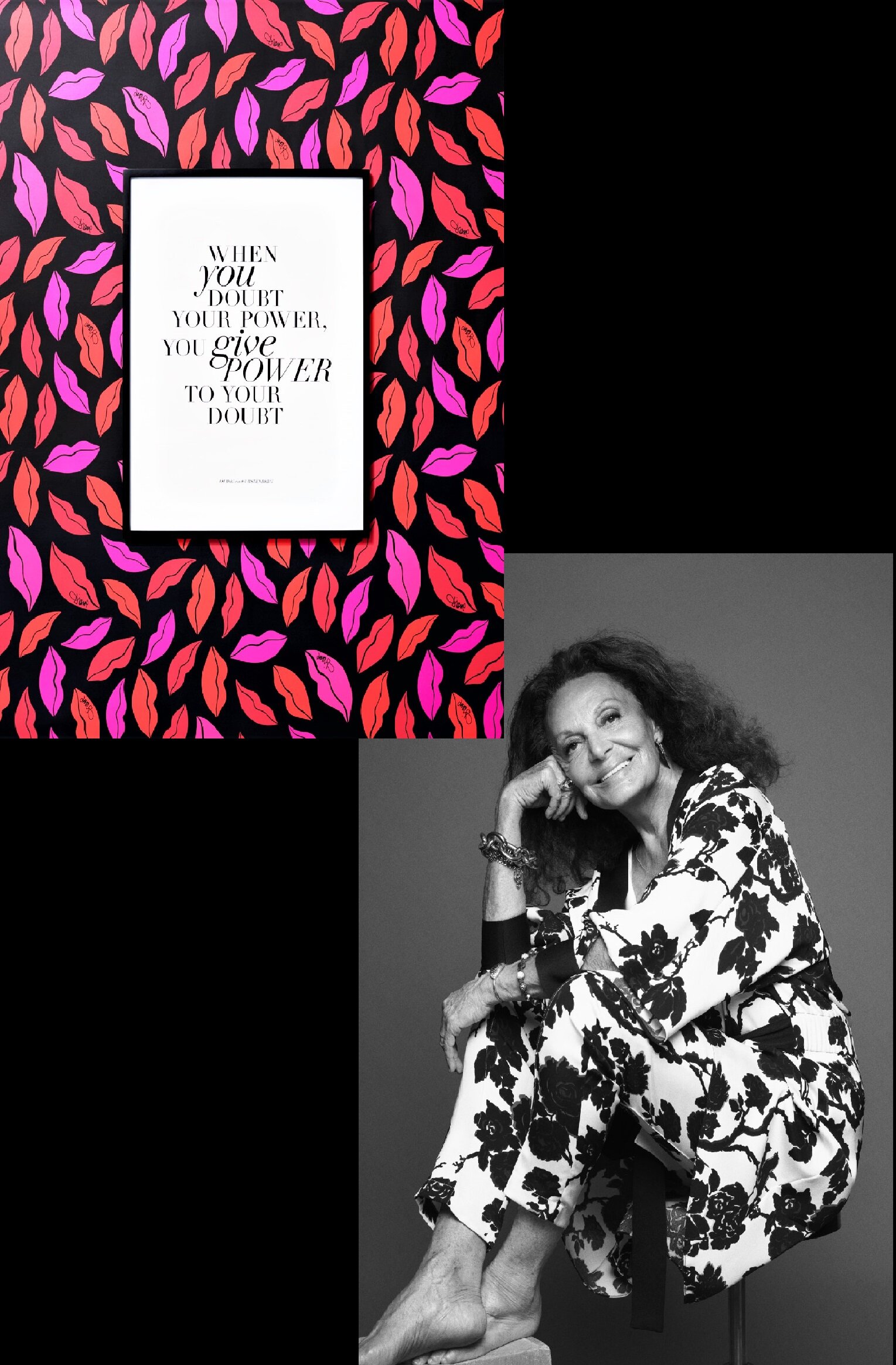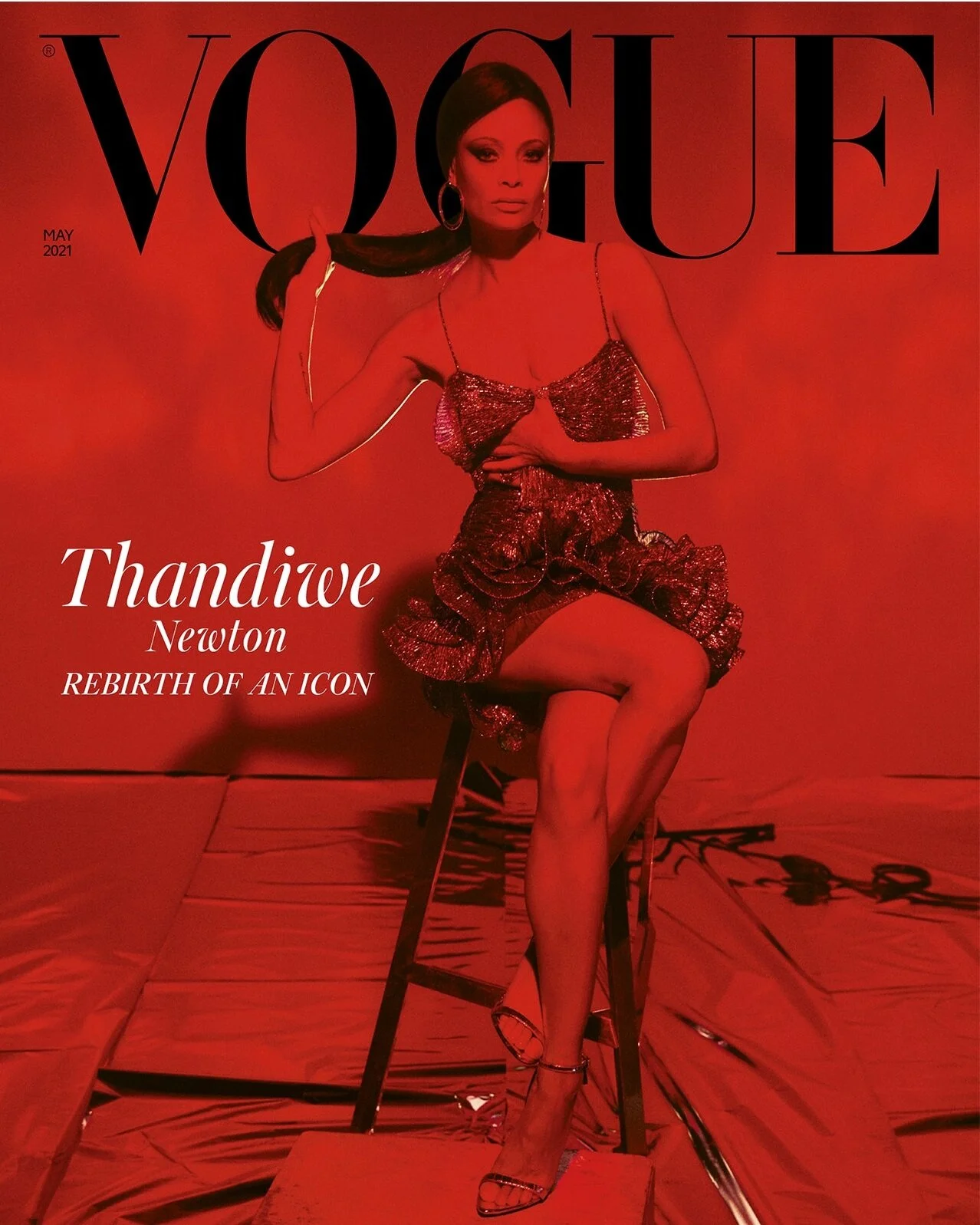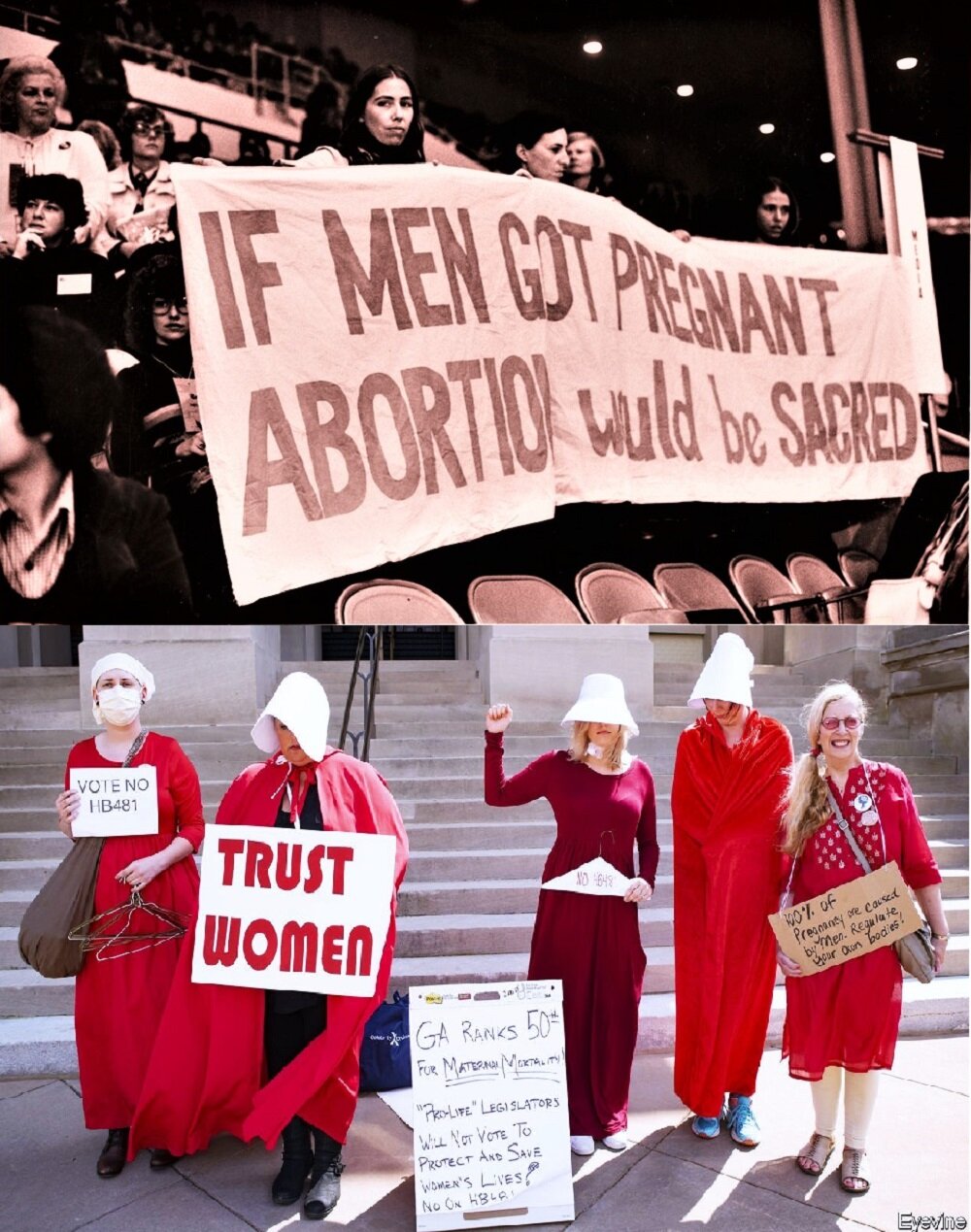The Poetic and Intellectually Prolific Death of Albert Einstein
/“In Character” is a literary and online journal seeking to illuminate the nature and power of the everyday virtues — and how these virtues shape our vision of the good life. How appropriate for us at Anne of Carversville. “In character” is supported by a grant from the John Templeton Foundation.
In one of those wondrous, serendipitous Internet moments, I landed at “In Character”quite unintentionally and was then kidnapped by two big names: Einstein and Walter Isaacson.
I presume you know of Albert Einstein. You may or may not know that Walter Isaacson is former managing editor of Time magazine, and now president and CEO of The Aspen Institute.
 Albert Einstein’s Princeton House via Flickr’s sbsentsignifiedWalter Isaacson wrote the biography “Einstein: His Life and Universe” (Simon & Schuster), a marvelous read. In this essay Einstein’s Final Quest, Isaacson shares details of Einstein’s life after fleeing Nazi Germany and moving to Princeton, New Jersey.
Albert Einstein’s Princeton House via Flickr’s sbsentsignifiedWalter Isaacson wrote the biography “Einstein: His Life and Universe” (Simon & Schuster), a marvelous read. In this essay Einstein’s Final Quest, Isaacson shares details of Einstein’s life after fleeing Nazi Germany and moving to Princeton, New Jersey.
If you’re interested in unified field theory and quantum theory, you will be interested in readingEinstein’s Final Quest.
What I want to share with you is the most marvelous vision of Einstein’s death. I’ve flown through 20 dense paragraphs of Walter Isaacson’s sharing the story of Einstein’s determination to find an answer to his scientific quest.
One day in April 1955, totally immersed in scientific theory, Einstein experienced a great pain in his stomach.He had long been plagued by an aneurism in his abdominal aorta, and it had started to rupture. Doctors gathered and offered the possibility of a surgical solution, but success was not probable.
 Albert Einstein bronze statue at the Griffith Observatory via Flickr’s seany Einstein was taken to the Princeton hospital, where he requested paper and pencils to keep working.
Albert Einstein bronze statue at the Griffith Observatory via Flickr’s seany Einstein was taken to the Princeton hospital, where he requested paper and pencils to keep working.
And that was the end of an extraordinary life, a fertile, inquiring, fully engaged mind to the end. To die with possibilities strewn about your bed is what I would call “going elegantly.” Anne






























